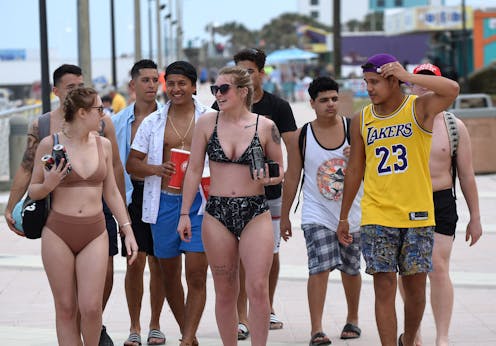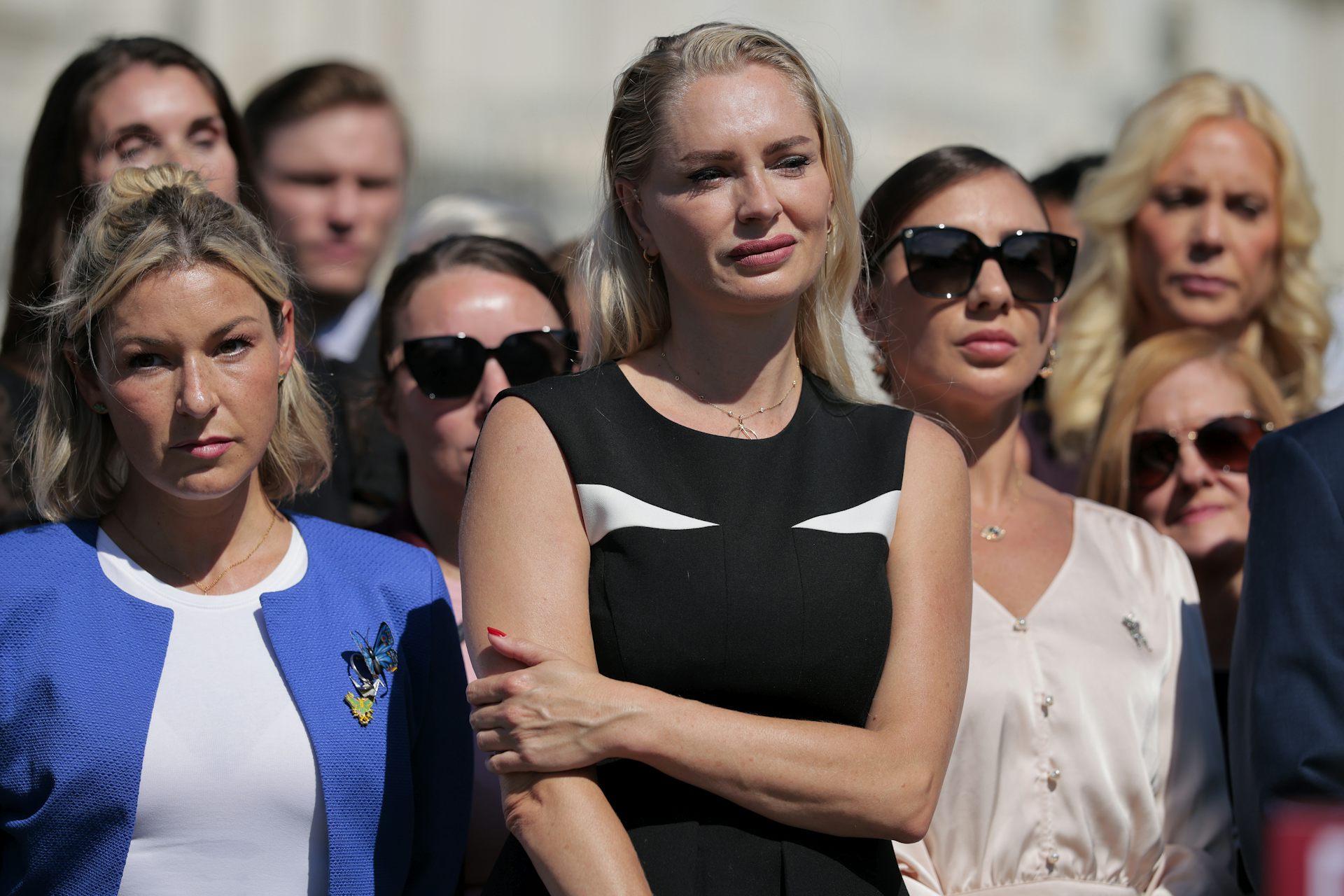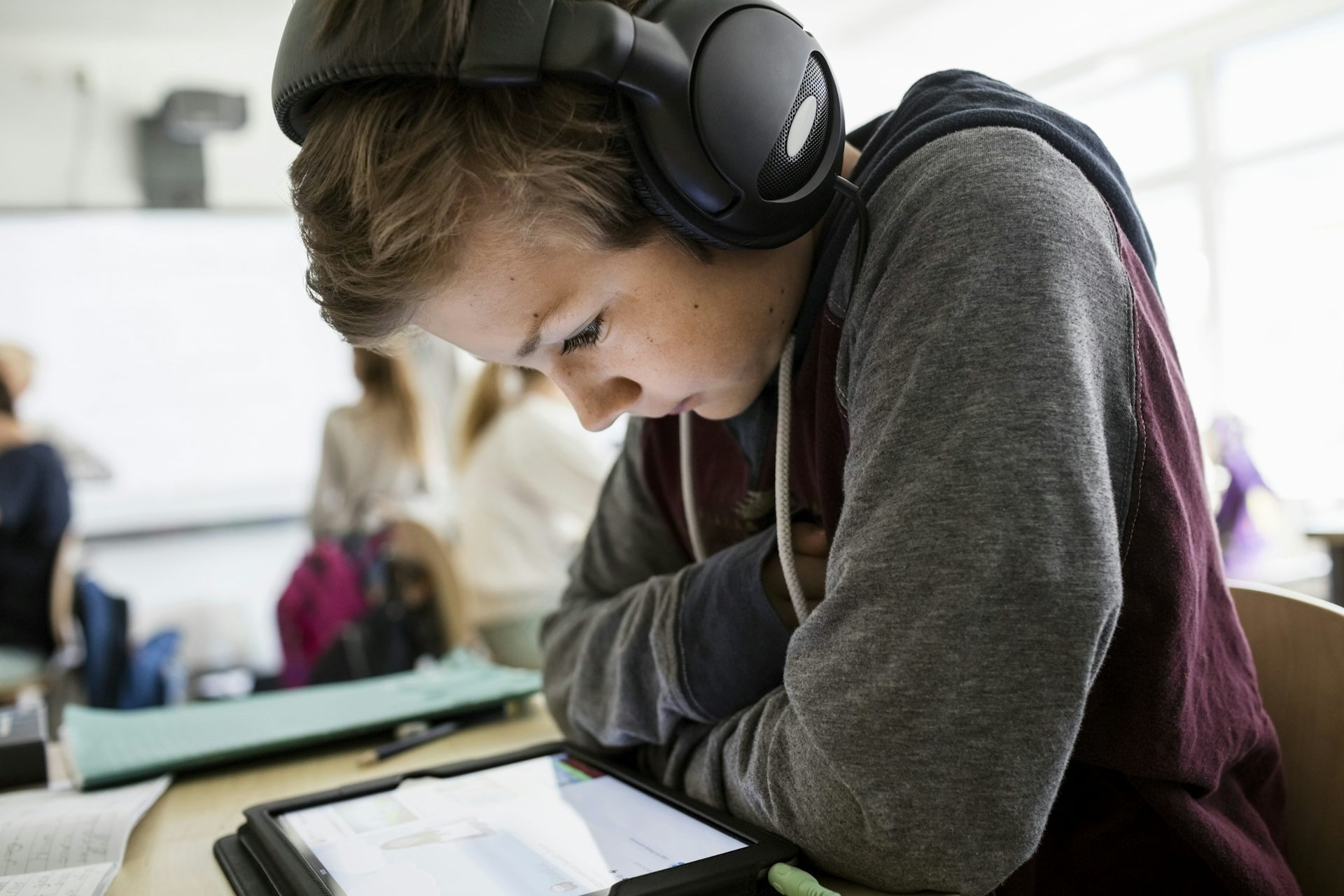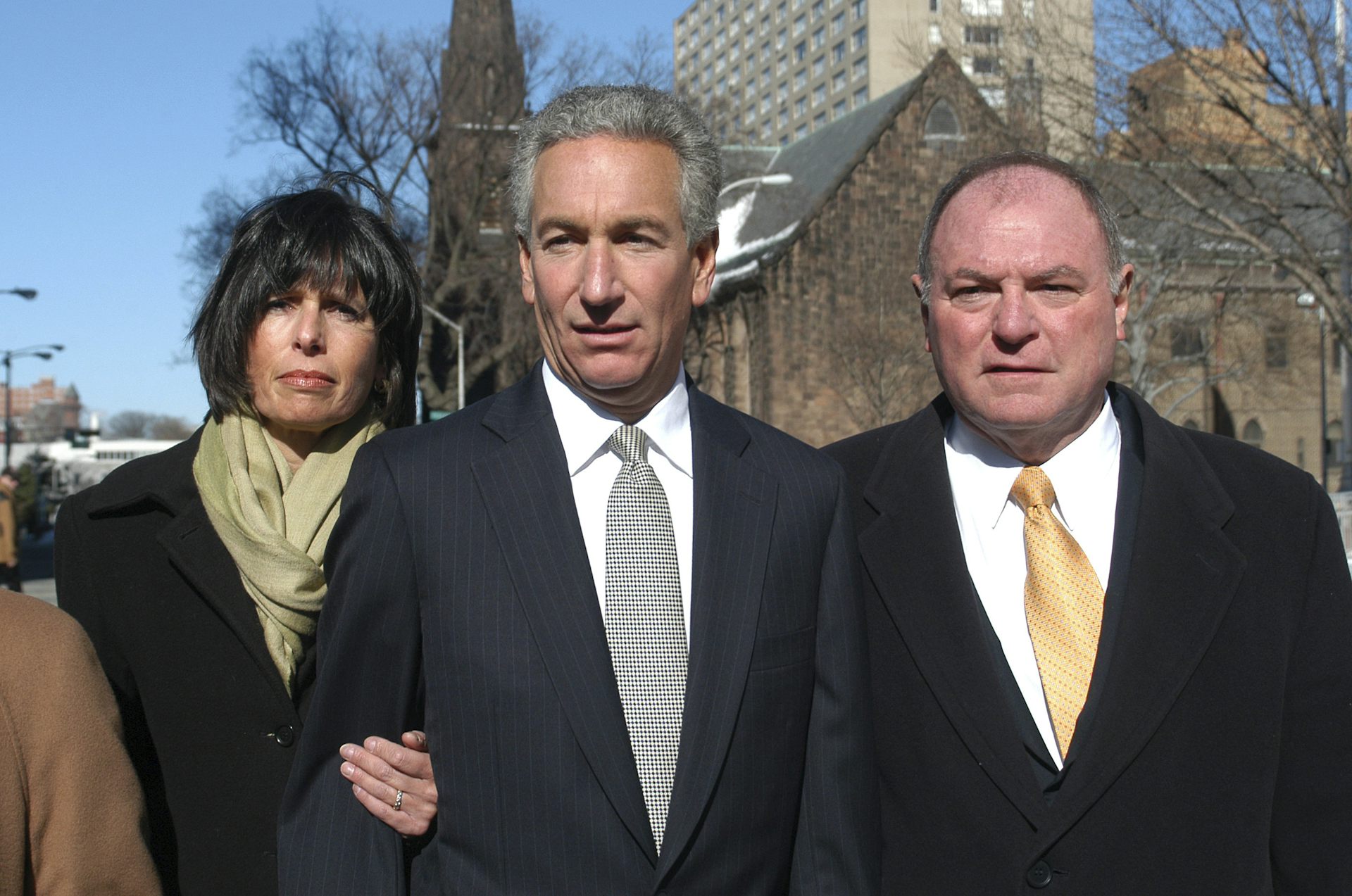COVID-19 cases on campus could surge after spring break unless students take certain precautions
An expert weighs in on how colleges can lower their chances of being hit by surges of COVID-19 cases after spring break 2022.

In a new study published in Scientific Reports, researchers found that breaking up spring break into small breaks instead of the traditional nine-day vacation can help reduce COVID-19 cases on campus by 2% to 37% when students return. To learn more, The Conversation reached out to Naveen K. Vaidya, a co-author of the study and an expert in mathematical modeling, to predict how infectious diseases spread and to get his take on whether a traditional spring break this year will be safe.
What happened in 2021 at colleges that offered a regular spring break?
Many of them had surges after spring break, but the levels varied.
The size of the surge depended on several variables. One of the most important factors was how many students from campus traveled and, if so, whether they went to a destination with a high prevalence of COVID-19 cases.
But data from spring 2021 only offers limited insight because most universities offered online or hybrid classes at the time, so not all colleges had students returning from spring break to campus. Plus, many implemented post spring-break protocols, such as two-week quarantines and mandatory regular testing.
The first dose of the COVID-19 vaccine had begun to be administered before spring break last year. Also, the delta variant, which significantly affected younger people, was already circulating in other places in the world and was about to surface in the U.S.
Some schools canceled the traditional spring breaks, and some attempted to curb the expected bump in COVID-19 cases when students returned to campus. For example, the University of California at Berkeley required students who lived on campus to quarantine for 10 days after spring break. The University of California, Davis reduced student travel by offering a $75 gift card to students to have a “staycation” on campus during spring break. About 2,500 students took the university up on its offer.
Post-spring break surges were reported on college campuses in states such as Florida, Indiana, Michigan and New York.
Is spring break safe for this year?
We don’t know. Spring break itself is not the problem, but it can become problematic based on other variables, such as how many students travel and whether they go places where there is a relatively high prevalence of COVID-19 cases.
Based on those variables and our model simulations, breaking up spring break into shorter breaks instead of the regular nine-day break could reduce COVID-19 cases between 2% and 37%. However, the actual percentage will likely be influenced by the presence of the more transmissible omicron variant and by the fact that many more people are vaccinated than at this time last year.
What kinds of destinations should students avoid?
If students travel, they should consider going to places where the prevalence of COVID-19 cases is relatively low and the portion of people who are vaccinated is relatively high. People can check with government websites or other sources, such as the Johns Hopkins University & Medicine’s Coronavirus Resource Center, to see the status of vaccination rates in a particular place.
A vacation plan with more outdoor activities will be beneficial because the virus is less likely to be transmitted outdoors. Coming into contact with fewer people and wearing masks during travel can also help reduce exposure to COVID-19.
Do you expect COVID-19 cases to spike at campuses when students return?
Yes, that is what is predicted by our model and what many universities experienced last year. However, it should be noted that students might have already been vaccinated, probably even with a booster, as mandated by many universities, which can also lessen the spread of the coronavirus.
Also, two years of the pandemic, to some extent, might have taught people to observe safer practices when they are in a crowd, such as keeping their distance from people, wearing a mask properly and washing their hands frequently.
While some spikes of COVID-19 are expected following spring break, policy changes by colleges, such as incentives for students who avoid travel, sending frequent emails reminding students to wear a mask and reduce contacts, and a few days of quarantine with frequent testing upon return, may help curtail potential surges.
Naveen K. Vaidya does not work for, consult, own shares in or receive funding from any company or organization that would benefit from this article, and has disclosed no relevant affiliations beyond their academic appointment.
Read These Next
Chile elects most right-wing leader since Pinochet – in line with regional drift, domestic tendency
José Antonio Kast, who has run for the presidency several times, successfully seized on widespread…
Epstein’s victims deserve more attention than his ‘client list’
Powerful men connected to Jeffrey Epstein are named, dissected and speculated about. The survivors,…
The ‘one chatbot per child’ model for AI in classrooms conflicts with what research shows: Learning
AI tutors are often held up as an ideal, but prioritizing individualized teaching can detract from the…






